Pruning mistakes – 5 common errors and how to avoid them, according to a garden expert
Avoid these common pruning mistakes to ensure you have healthy trees and shrubs all year round
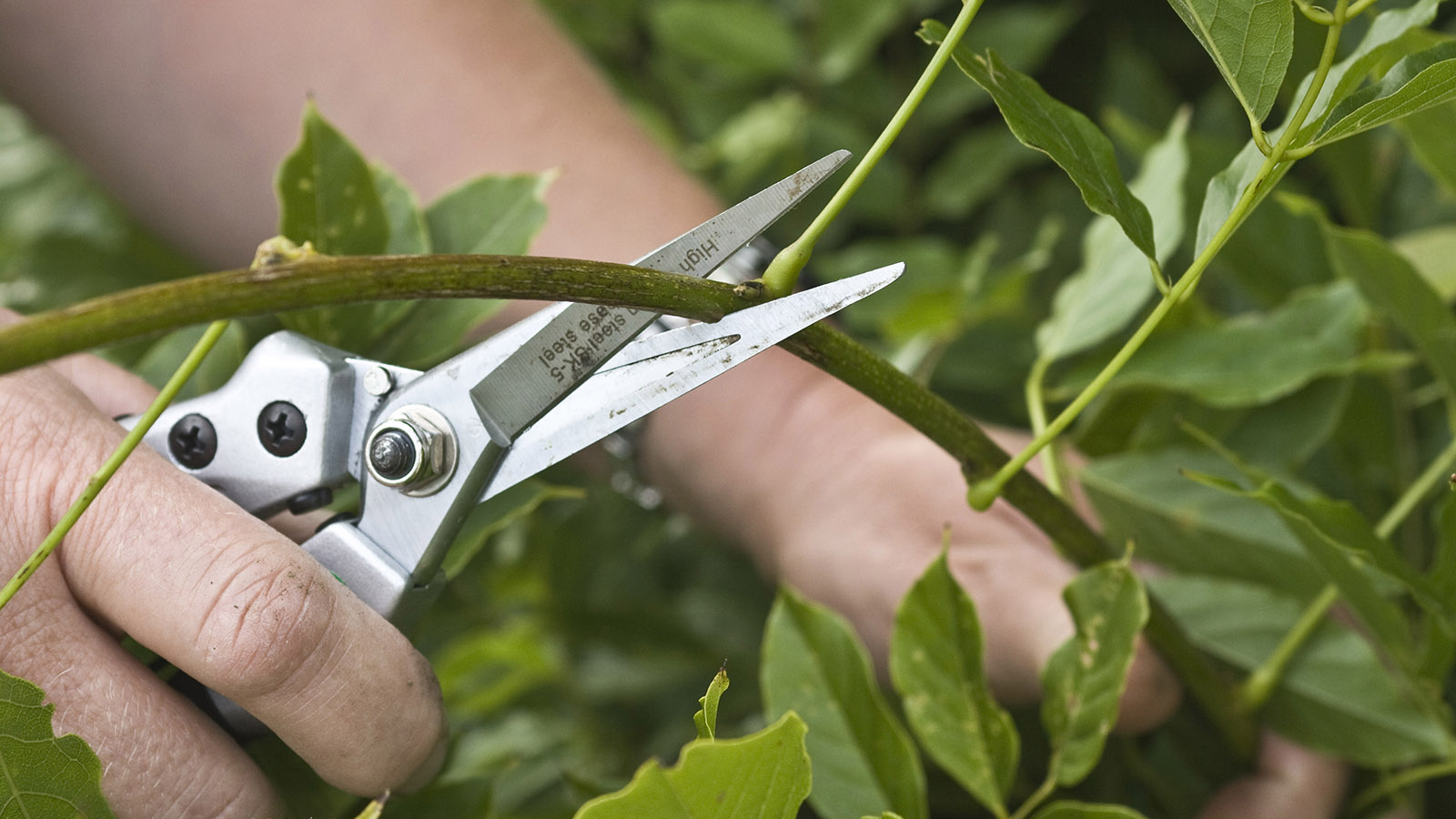

Healthy, well-kept trees and shrubs are an asset to any yard and there are varieties for every plot, whether you want trees to populate a large area or are looking for shrubs for a tiny spot.
Knowing how to prune them correctly is an important part of gardening. Get it right and you will have healthy, shapely trees and shrubs richly laden with blossom and fruits, but fall foul of common pruning mistakes and you could end up causing longterm damage to your plants.
Pruning can feel challenging to many gardeners, especially new ones, but once you know the main pruning mistakes to avoid it becomes much easier and less stressful. In fact, there is immense satisfaction in learning advice like the one third pruning rule to correctly prune an overgrown or neglected plant and watching it become a flourishing asset to your yard.
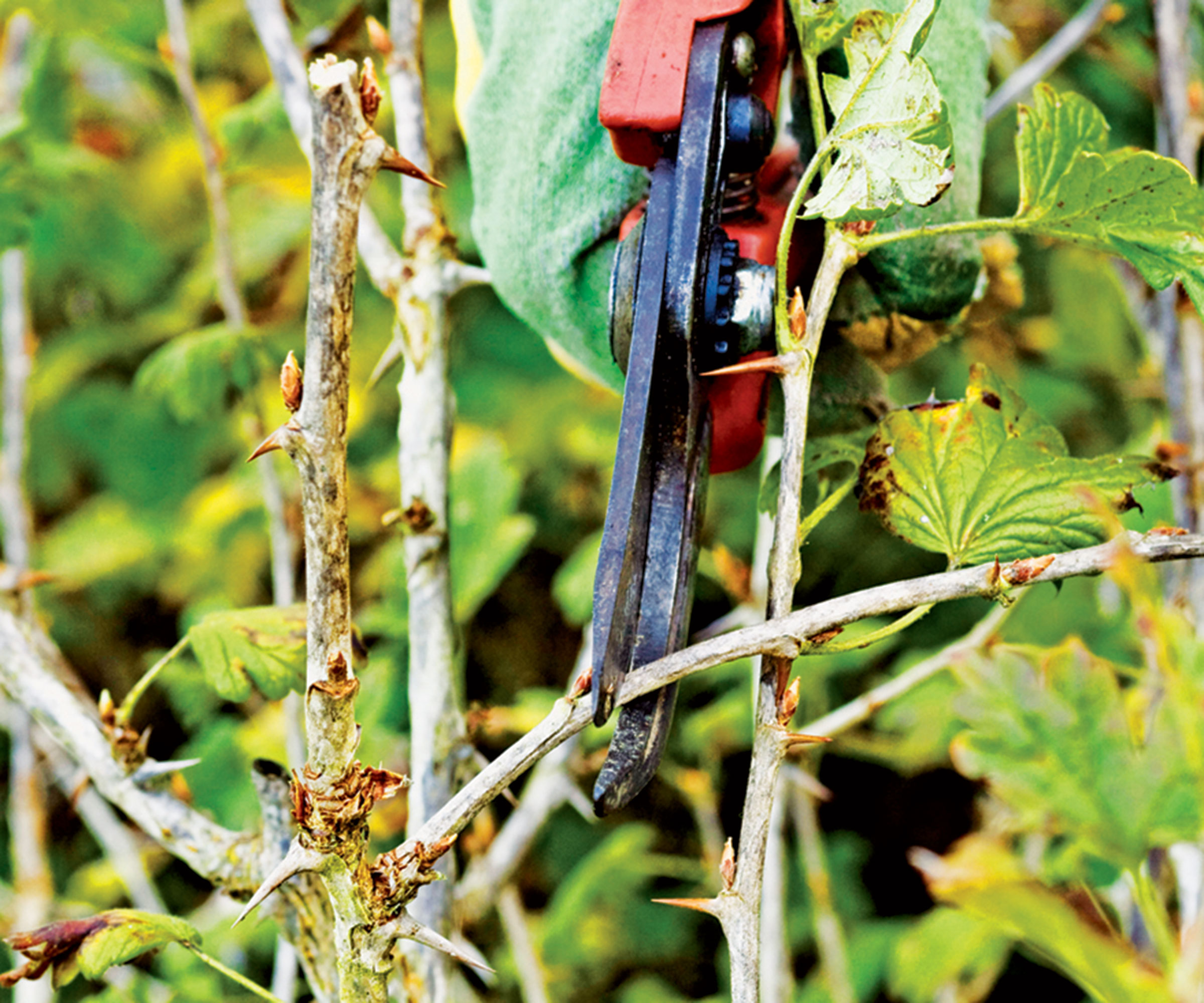
The top 5 pruning mistakes you need to know
Pruning is an important skill for every gardener and once you have mastered it your trees and shrubs will flourish.
However, if you have a pruning task that you think may be too large or beyond your capabilities, such as if a large branch needs to come down or a whole tree needs felling, never try to do it yourself. For your own safety, and that of the people around you, call in reputable, professional arborists or tree surgeons.
Here I talk you through the five most common pruning mistakes and show you how to avoid them.
1. Using dirty, blunt tools
One of the biggest pruning mistakes can happen even before you make the first cut. If your cutting tools are blunt, rusty or covered in dried sap from the last time you used them you are storing up a lot of problems for yourself.
Blunt tools don’t cut cleanly and will leave the bare ends of wood jagged and frayed, and this can create entry points for pests and diseases, so always clean and sharpen tools after use.
Sharpening stones are widely available and are an indispensable part of your gardening kit. I like this Sharpal 121N Dual-Grit Diamond Sharpening Stone, available on Amazon.
Pruners and shears that have been left rusty and dirty also carry the risk of infecting the plants they are subsequently used on, especially if they have previously been used on diseased wood. It is easy to clean garden tools, so there is no excuse not to!
Gently scour away rust using a steel wool scrubber, then oil the hinges and moving parts with Felco tool lubricant, available on Amazon. If you want to disinfect your tools, I would recommend a general purpose disinfectant or antibacterial spray wiped over the blades.
Make sure you use the right cutting equipment for the right job too. Pruning shears like this gonicc bypass pair on Amazon are perfect for twigs the diameter of a pencil. Loppers are ideal for thicker stems – I use this ratcheted Fiskars pair available on Amazon. And pruning saws, like this Rexbeti pruning saw on Amazon, or bow saws, such as as this Great Neck saw on Amazon, are what you need for the largest branches.
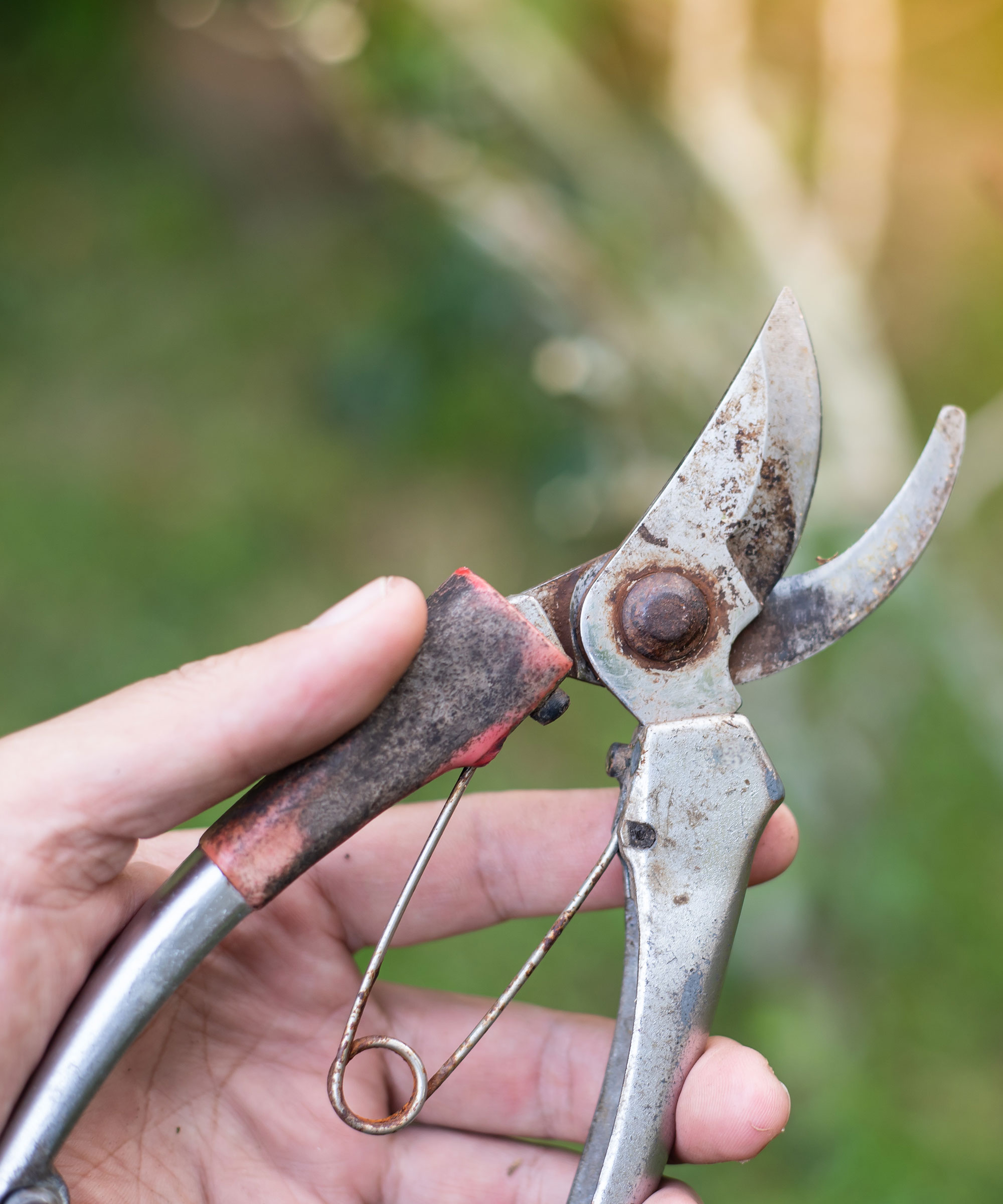
Dirty and blunt pruners will damage wood and potentially spread disease
2. Pruning at the wrong time
Different trees need pruning at different times of the year and if they are cut back at the wrong time it can be a tree pruning mistake that can check their growth or even kill them.
If trees are pruned when they are growing, in spring and summer, they will lose a lot of sap from the pruning wounds and this will weaken them and offer a way in for pests and disease.
Most deciduous trees (those that lose their leaves at the end of summer) are pruned when they are dormant, from fall to late winter, just before their leaf buds start to swell and open up.
The exception to this rule are trees that are affected by silver leaf disease, and they include plums and gages, apricots and peach trees, almonds and members of the cherry tree family. Silver leaf is a fungal disease caused by Chondrostereum purpureum. It infects through pruning wounds and the spores are at their most active in fall and winter, meaning it is recommended to not prune in spring and instead prune the most susceptible varieties in summer.
Should any of your trees contract the disease, which causes a silver sheen on the foliage, dark stains within the wood when it is cut, and finally bracket fungi on dead branches, you should remove the diseased wood back to healthy growth. Dispose of the diseased wood immediately and disinfect cutting tools thoroughly. Never shred diseased wood, add it to your home compost heap or use it as a mulch as this will help to spread disease to other plants.
Mulching trees after pruning helps to feed their roots, then give them a general tree and shrub fertilizer in spring, such as this one by Bioadvance on Amazon, to give them a boost as the growing season starts.
Evergreen trees should be pruned when the weather starts to warm up in spring, as cutting them back in the fall or winter can cause frost burns and dieback to the shortened stems.
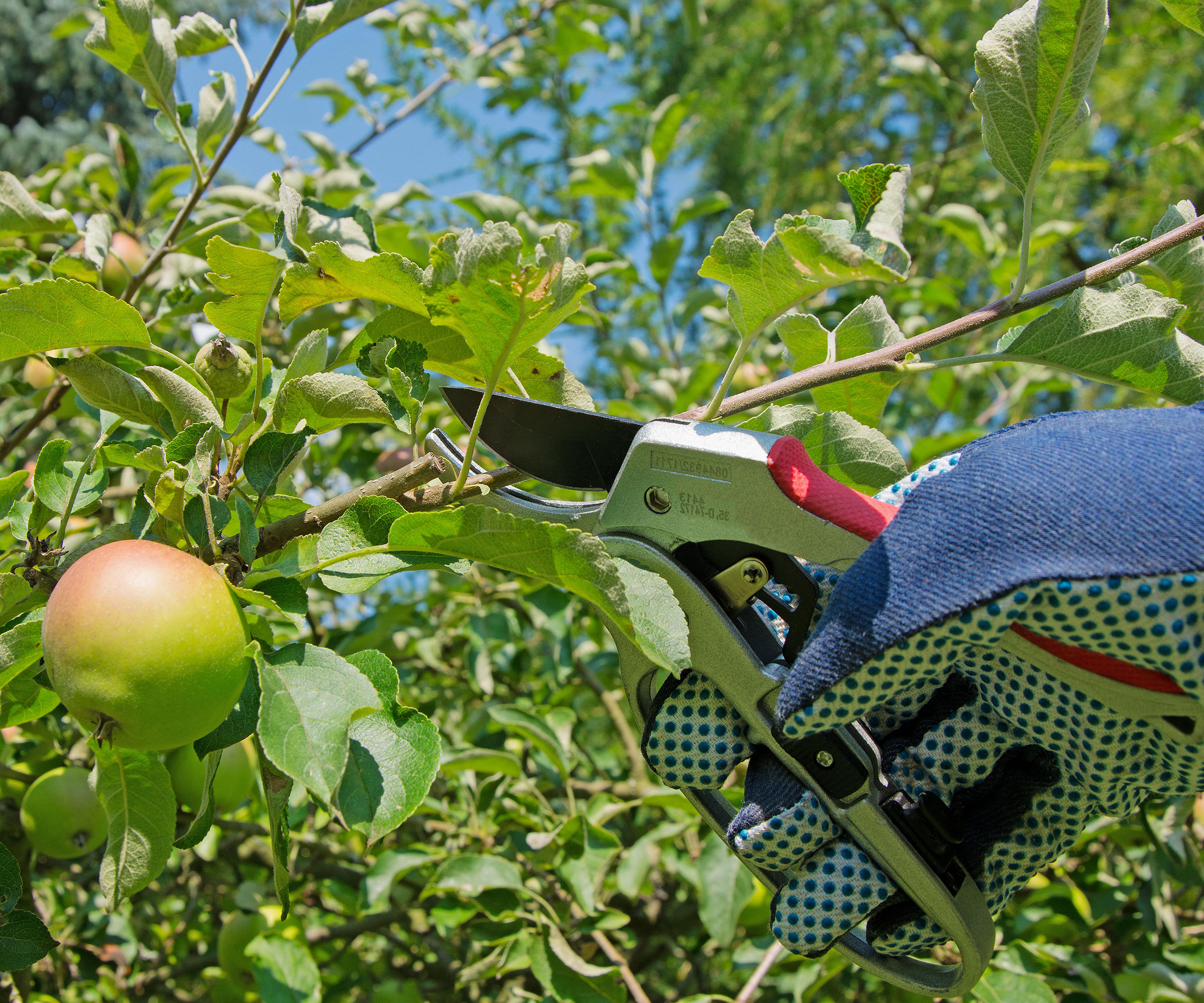
Pruning trees, shrubs and climbers during the growing season will cause them to bleed sap which can weaken them
3. Ignoring disease and dieback
Never ignore signs of disease or dieback when pruning, even if only a small area of the tree or shrub is affected, because if it is left it is likely to spread and may eventually kill the plant.
The first thing to do when pruning is look for the ‘three Ds’: growth that is damaged, dead or diseased, and remove it back to healthy wood.
There is no need to use wound paint to protect fresh cuts, but do disinfect and sharpen your tools after each use to ensure there is no risk of spreading the disease to other plants.
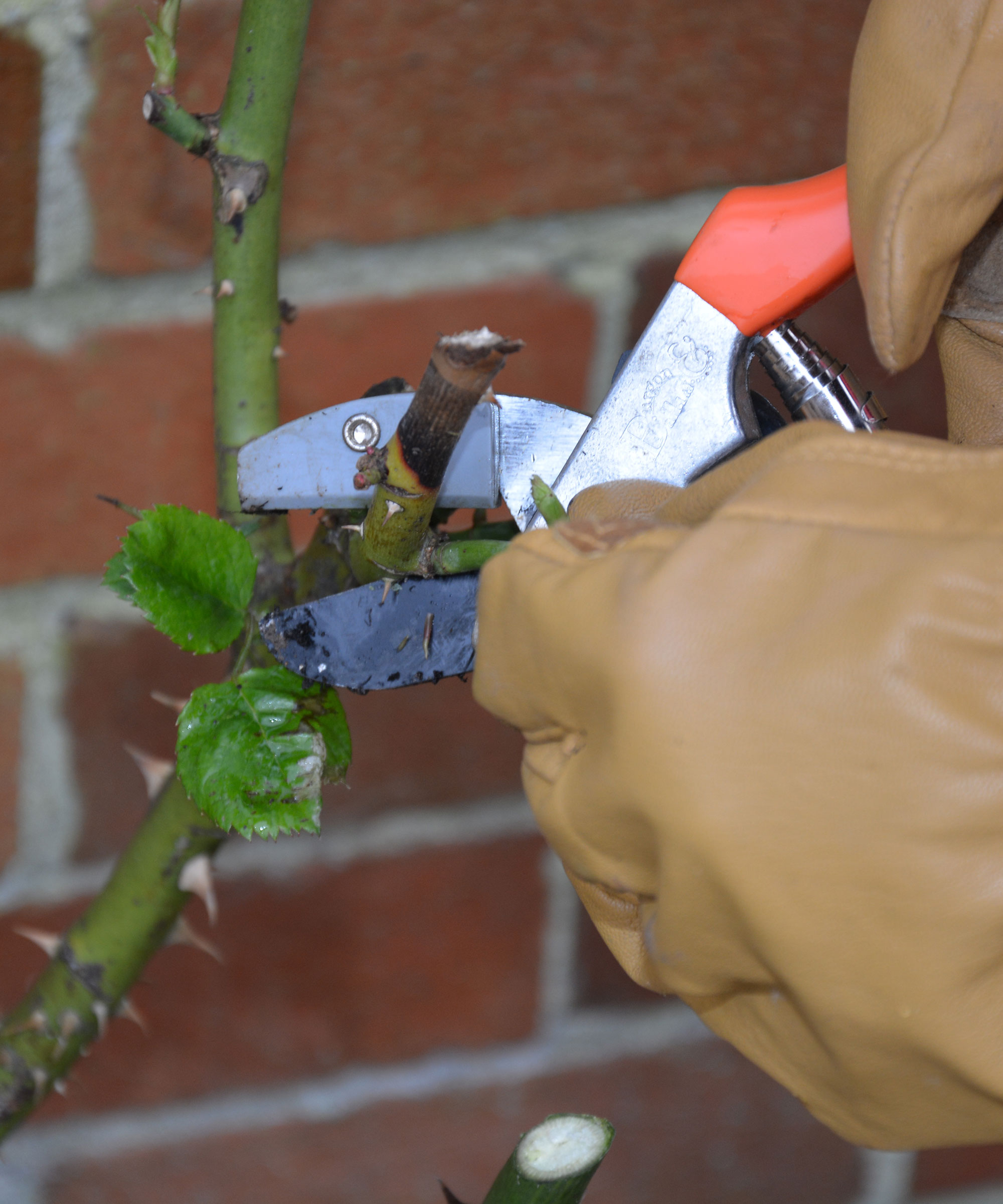
Always remove dead wood back to healthy growth
4. Removing too much wood
There is a well-known gardeners' saying 'look twice and prune once', and it always helps to remember it when cutting back trees and shrubs.
The wood and leaves removed when pruning contain two of the main food sources for the plant. Wood stores carbohydrates essential for growth, while the leaves make their own carbs when they photosynthesise.
If you prune too hard you remove the fuel needed for healthy growth and regeneration, which can lead to a weakened plant that is more vulnerable to pest attacks and disease.
Whether you're pruning fruit trees, pruning roses or cutting back lilacs to maximize flowering, the best way to prune is to do a little at the right time each year to maintain healthy growth.
Never ‘top’ a tree by removing the main leader or upright stem, as the tree will try and compensate by producing lots of leafy growth at the expense of flowers and fruit.
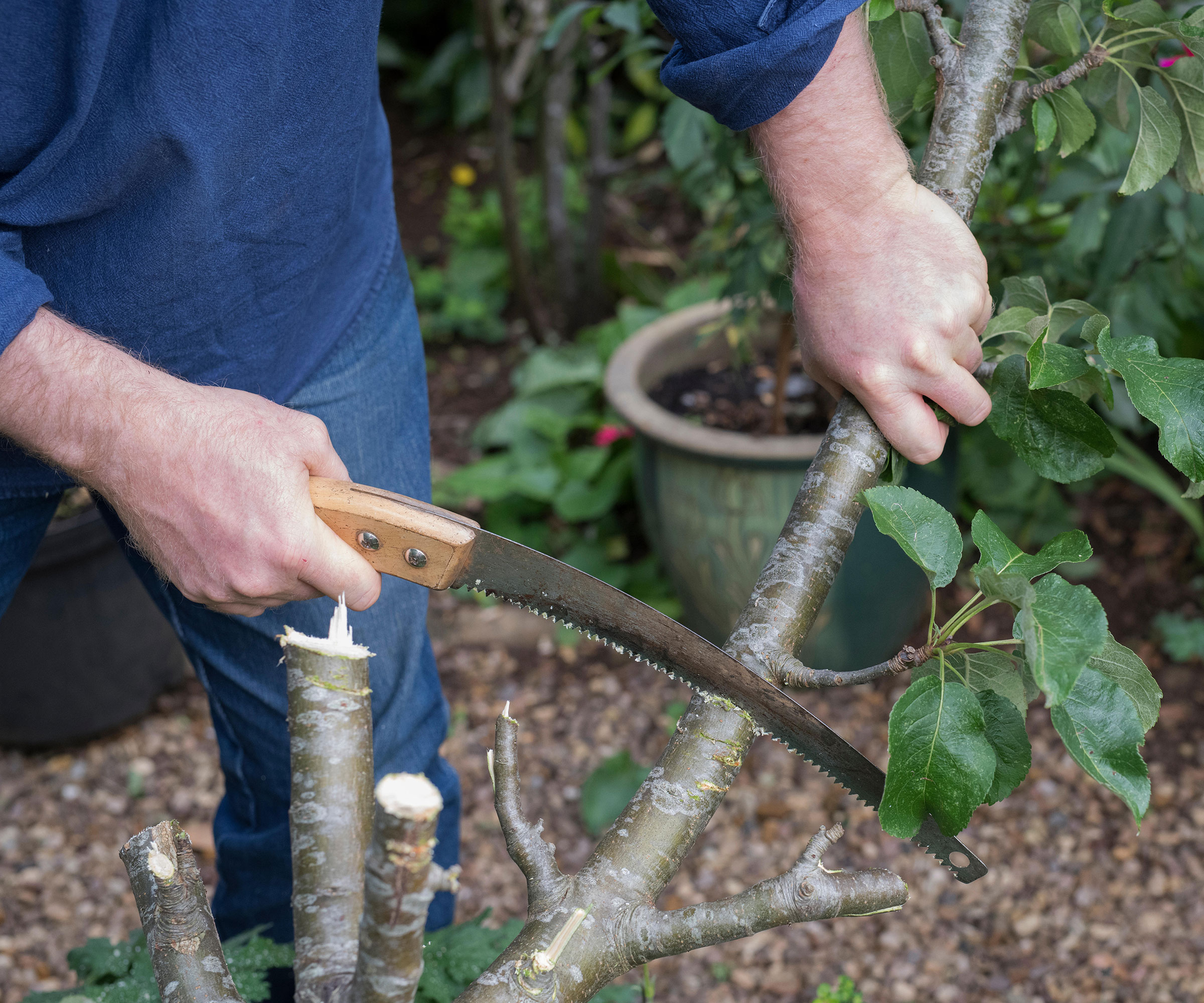
Removing too much wood from a tree or shrub can check its growth and even kill it
5. Neglecting pruning for several seasons
Leaving your tree or shrub to its own devices, to grow without being kept in check, is as bad as overpruning.
Annual pruning is important because it encourages the generation of healthy new growth to replace older wood that may not be as healthy or good at producing flowers and fruit.
Neglecting pruning will eventually result in a tree or shrub with a tangle of branches that looks a mess and adds very little to your backyard landscaping.
Over time the branches and leaves will grow so dense they prevent light from reaching the inner branches, causing a reduction in flowering and fruiting as well as the proliferation of pests and disease.
On the other hand, remembering to prune at the right time each year allows you to create the optimum silhouette for a tree or shrub.
This is an open goblet shape that allows maximum light and air to all the branches, helping dispel fungal problems that thrive in still, damp atmospheres and letting light and warmth into the blossom and fruit.
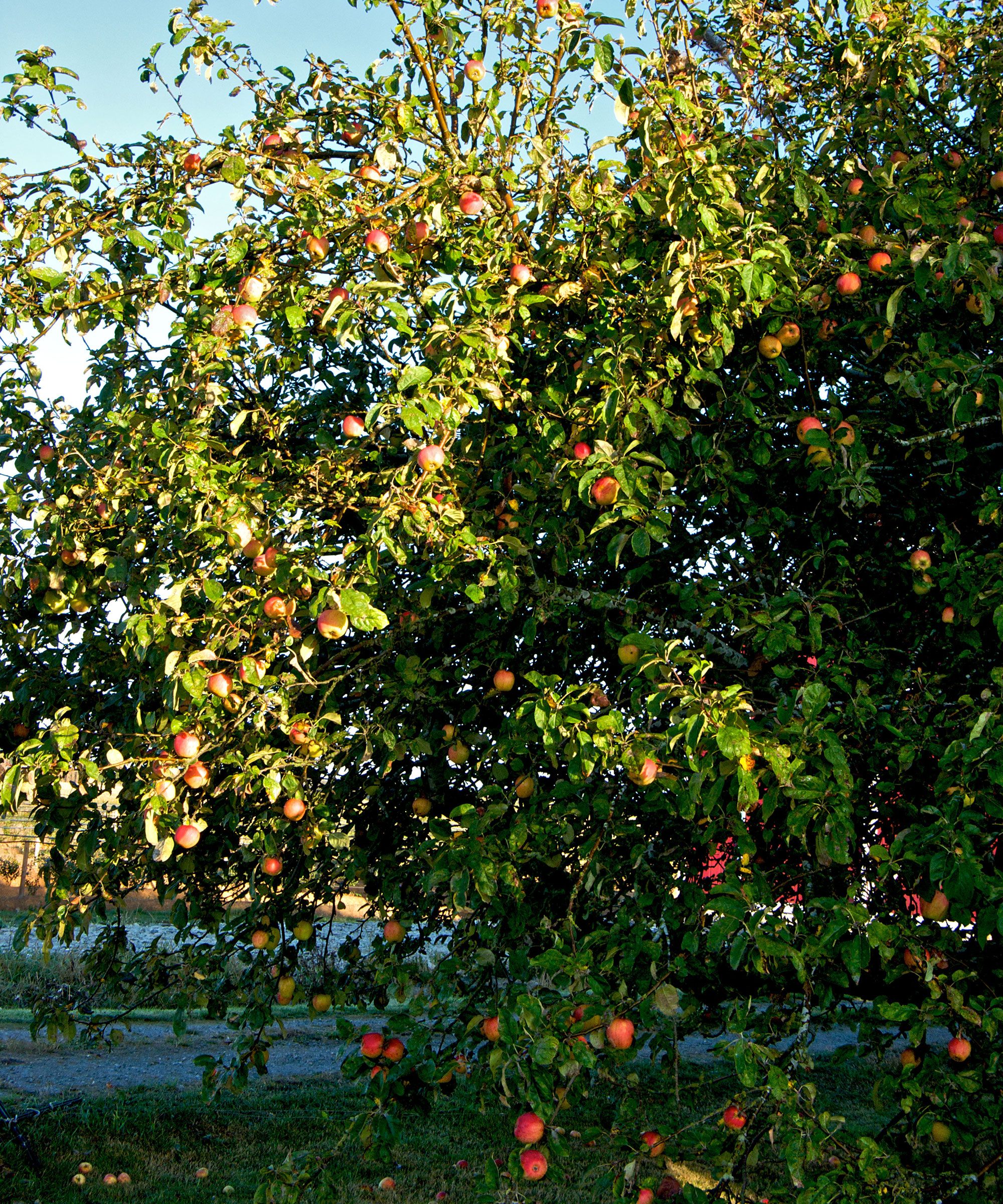
Neglecting trees will result in a tangle of branches and reduced flowers and fruits
Once you have got to grips with the most common pruning mistakes and are feeling more confident, it is one of the most satisfying of garden tasks and allows you to create a wonderful looking plot with strong silhouettes and colors.
What's more, the longer twiggy off-cuts can come in very useful in your plot. I tend to use them as natural-looking plant supports in my borders in the summer months, so not only do my plants look better, pruning saves me spending more money too.
Sign up to the Homes & Gardens newsletter
Design expertise in your inbox – from inspiring decorating ideas and beautiful celebrity homes to practical gardening advice and shopping round-ups.

Ruth is a Contributing Editor for Homes & Gardens, and formerly Gardening Editor of Amateur Gardening magazine. She is horticulturally trained, with a qualification from the Royal Horticultural Society. Her work for Amateur Gardening, the world's oldest weekly gardening publication, involved matching gardening tasks with each season, covering everything from sowing and planting, to pruning, taking cuttings, dealing with pests and diseases and keeping houseplants healthy. She is an expert in ornamental plants and edible crops, and everything she writes about and photographs is in her own garden, that has been a work in progress since her family moved there in 2012.
-
 Zooey Deschanel and Jonathan Scott's breakfast nook is an innovative, effective use of kitchen space – it turns a 'dead area' into a cafe-style corner
Zooey Deschanel and Jonathan Scott's breakfast nook is an innovative, effective use of kitchen space – it turns a 'dead area' into a cafe-style cornerJonathan and Zooey have situated an eccentric yet elegant dining area in what may have been an otherwise underused corner
By Hannah Ziegler Published
-
 6 things you should never throw in the trash – and what to do for safe disposal instead
6 things you should never throw in the trash – and what to do for safe disposal insteadFrom batteries to space heaters, experts reveal what not to throw
By Andy van Terheyden Published
-
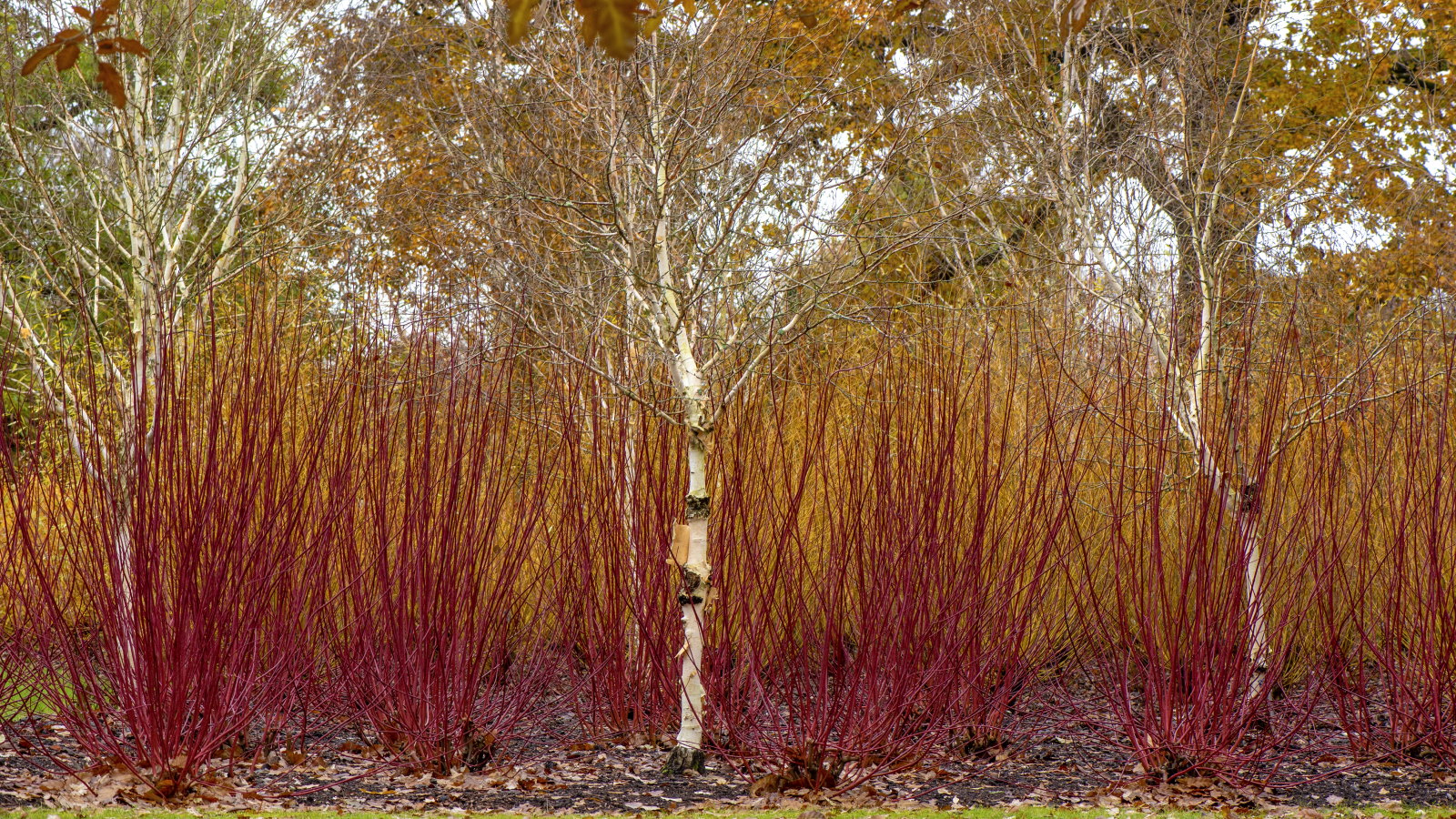 How to coppice trees and shrubs – and the 5 species that will benefit from this historical and super simple pruning technique
How to coppice trees and shrubs – and the 5 species that will benefit from this historical and super simple pruning techniqueCoppicing has aesthetic and practical benefits in a garden
By Drew Swainston Published
-
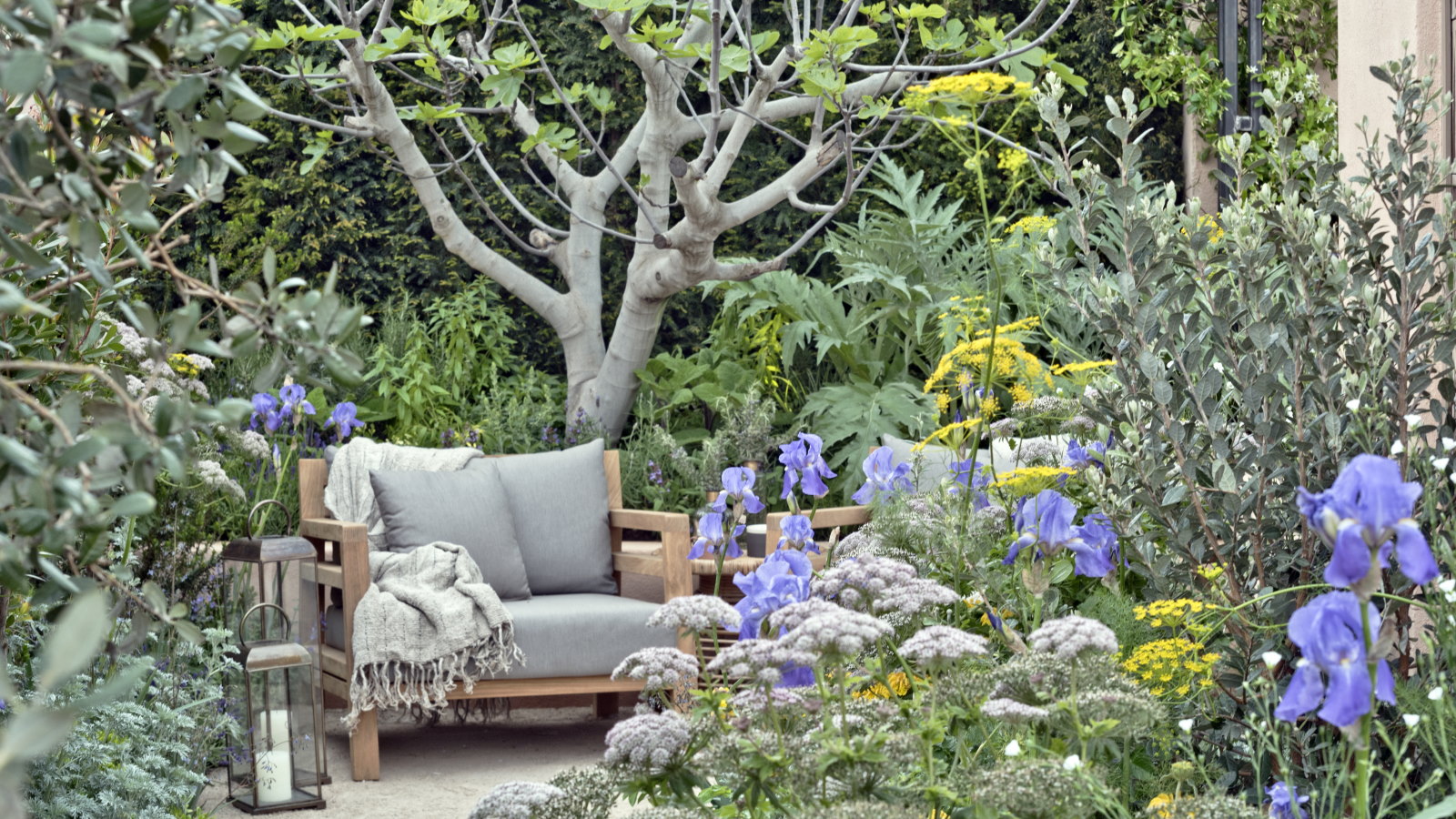 Horticulturists urge you to prune these 7 plants in April – for healthy growth and better-than-ever flowering displays
Horticulturists urge you to prune these 7 plants in April – for healthy growth and better-than-ever flowering displaysDiscover a key selection of plants to cut back this month, with expert pruning advice
By Drew Swainston Published
-
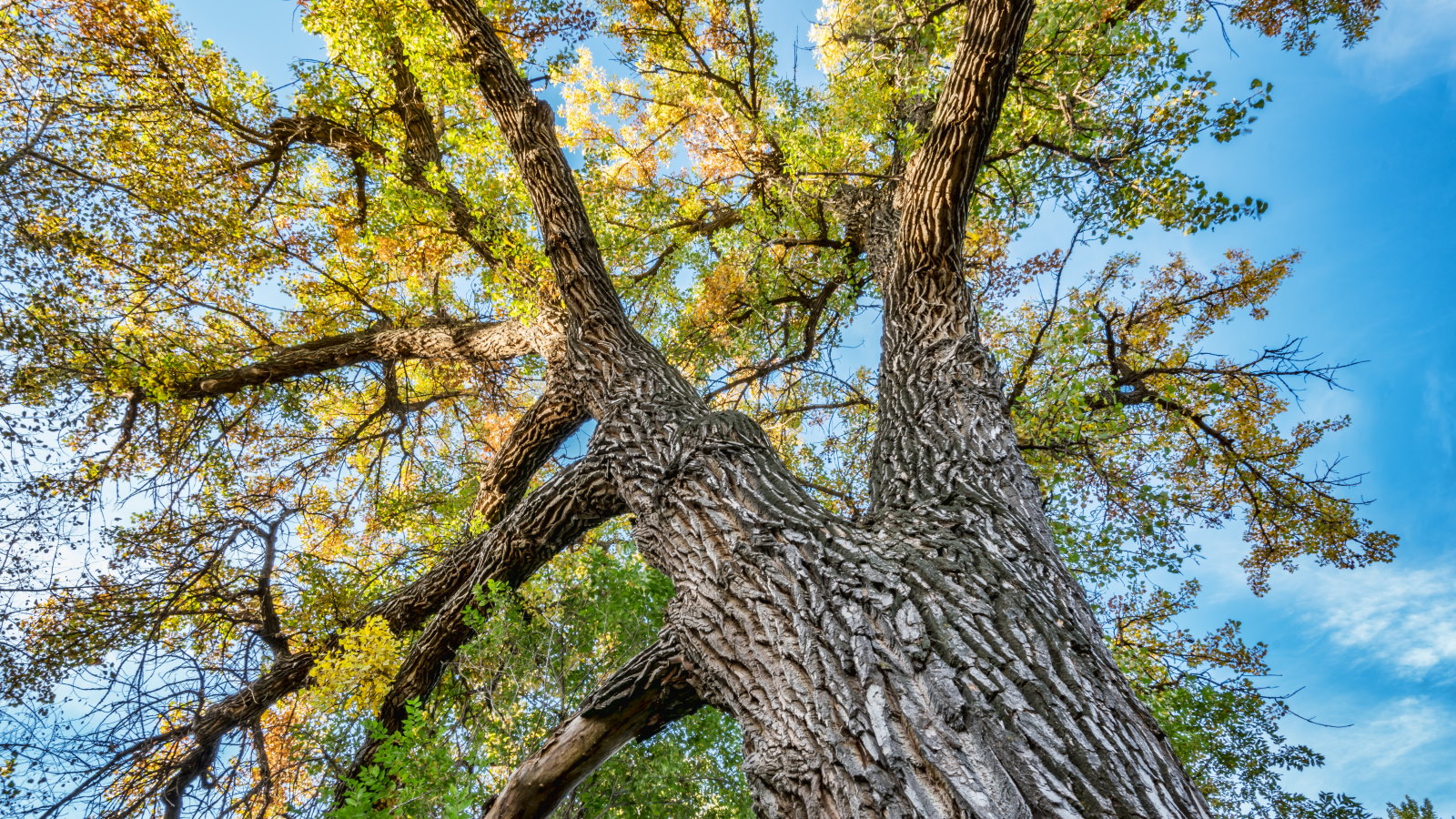 Safety is the number one reason to prune a cottonwood tree – an arborist reveals the best trimming routine to follow
Safety is the number one reason to prune a cottonwood tree – an arborist reveals the best trimming routine to followWhen and how to prune young and established cottonwoods
By Drew Swainston Published
-
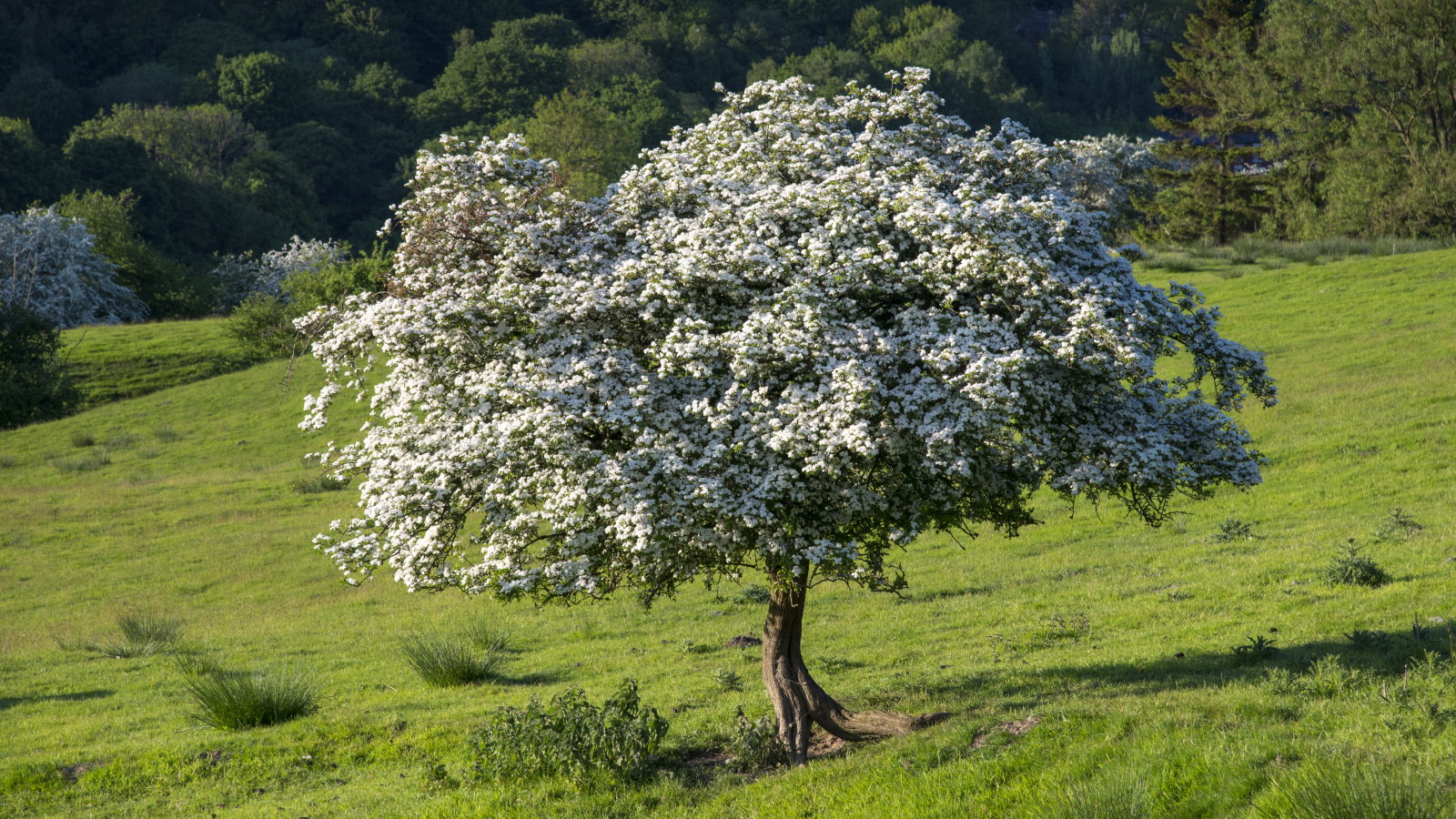 Now is the time to prune hawthorn trees to keep them healthy and attractive – 5 expert-recommended steps to follow for proper trimming
Now is the time to prune hawthorn trees to keep them healthy and attractive – 5 expert-recommended steps to follow for proper trimmingAvoid unnecessarily stressing your trees by pruning at the right time and not getting carried away
By Drew Swainston Published
-
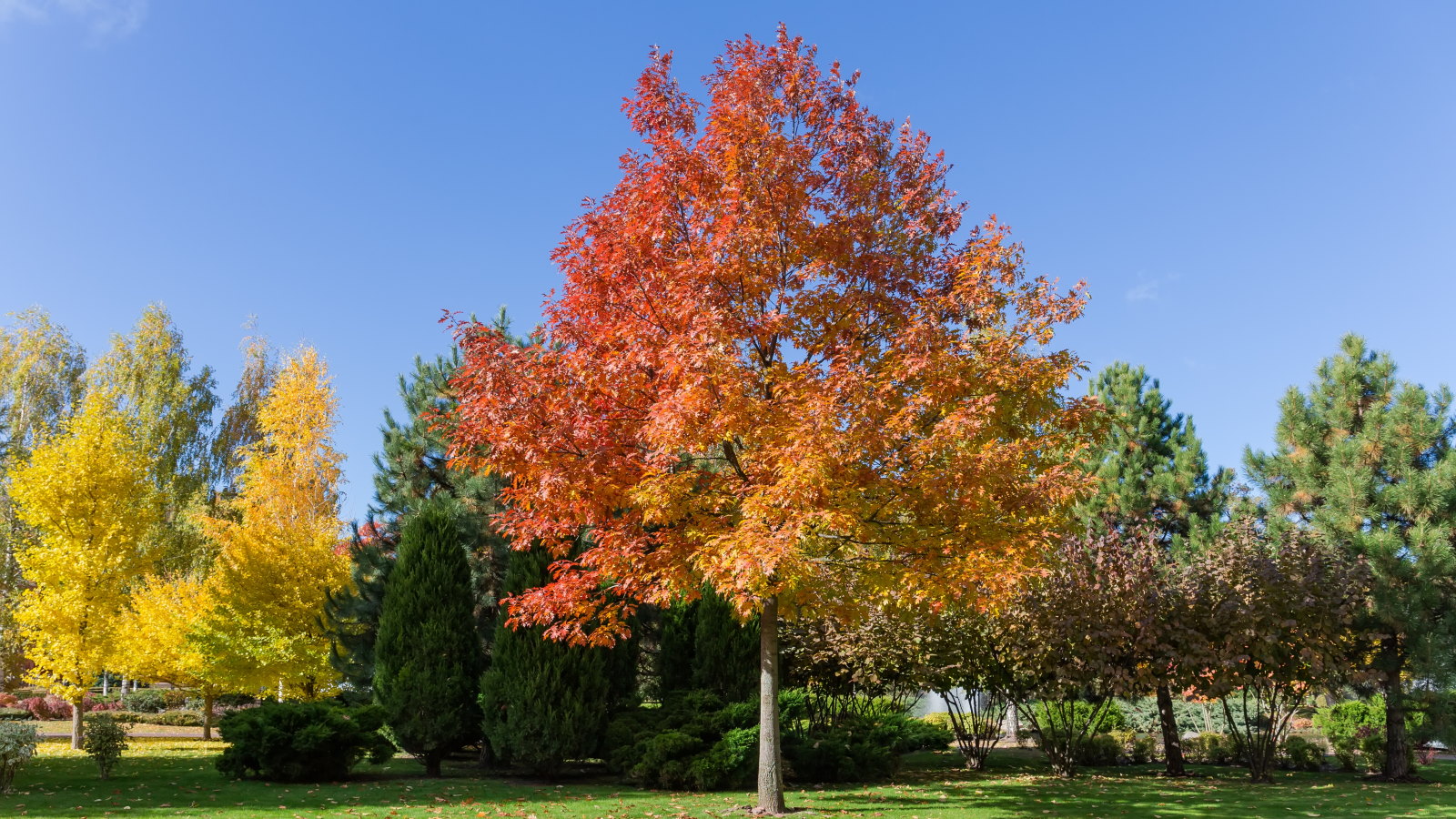 This is your last chance to prune oak trees to avoid a potentially fatal disease that can kill trees within months, arborists reveal
This is your last chance to prune oak trees to avoid a potentially fatal disease that can kill trees within months, arborists revealStay safe and discover what you can prune at different times of the year
By Drew Swainston Published
-
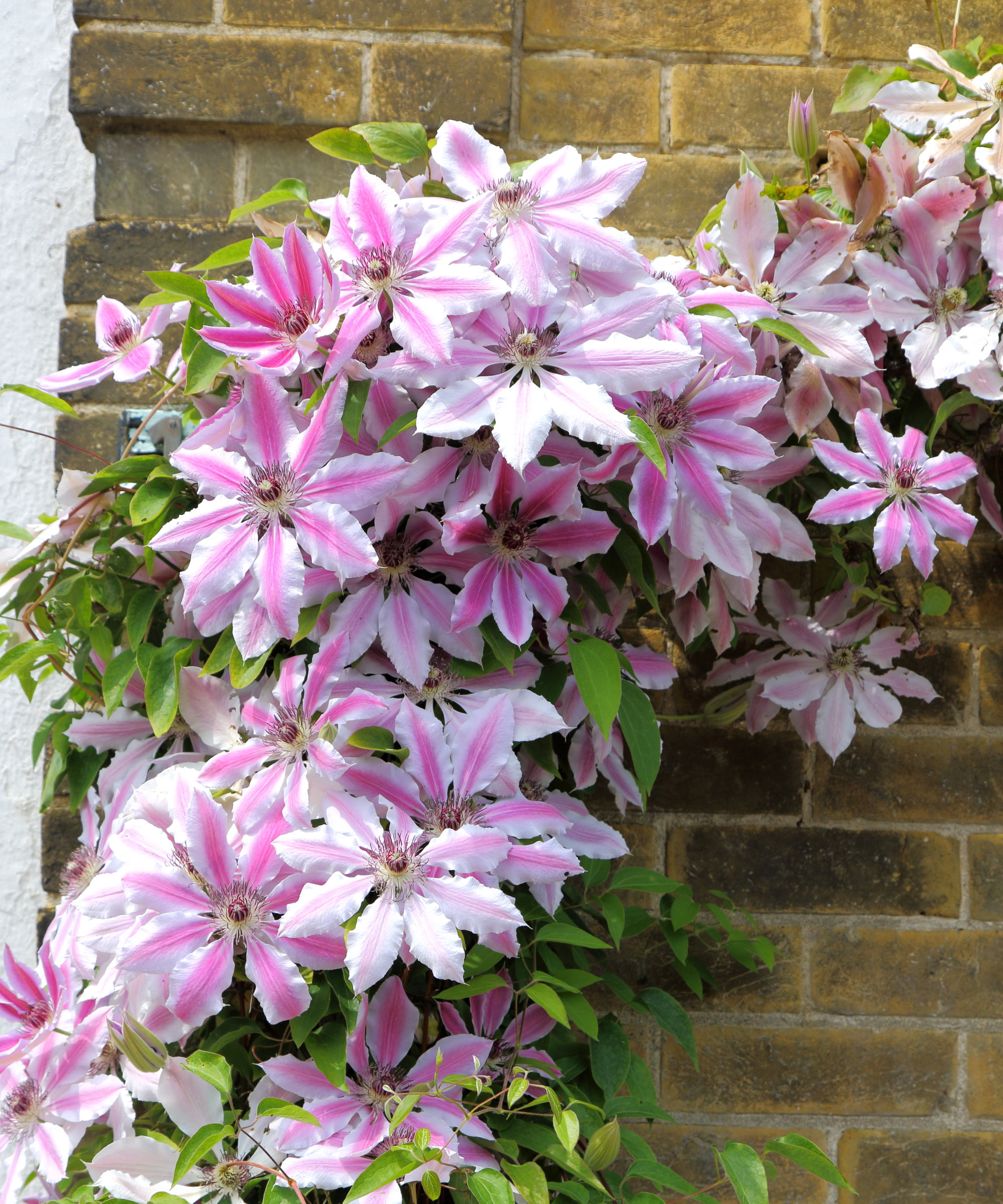 Expert horticulturists reveal 5 clematis pruning mistakes to avoid if you want spectacular floral displays
Expert horticulturists reveal 5 clematis pruning mistakes to avoid if you want spectacular floral displaysWhy you need to prune at the right time and not remove too much or too little
By Drew Swainston Published
-
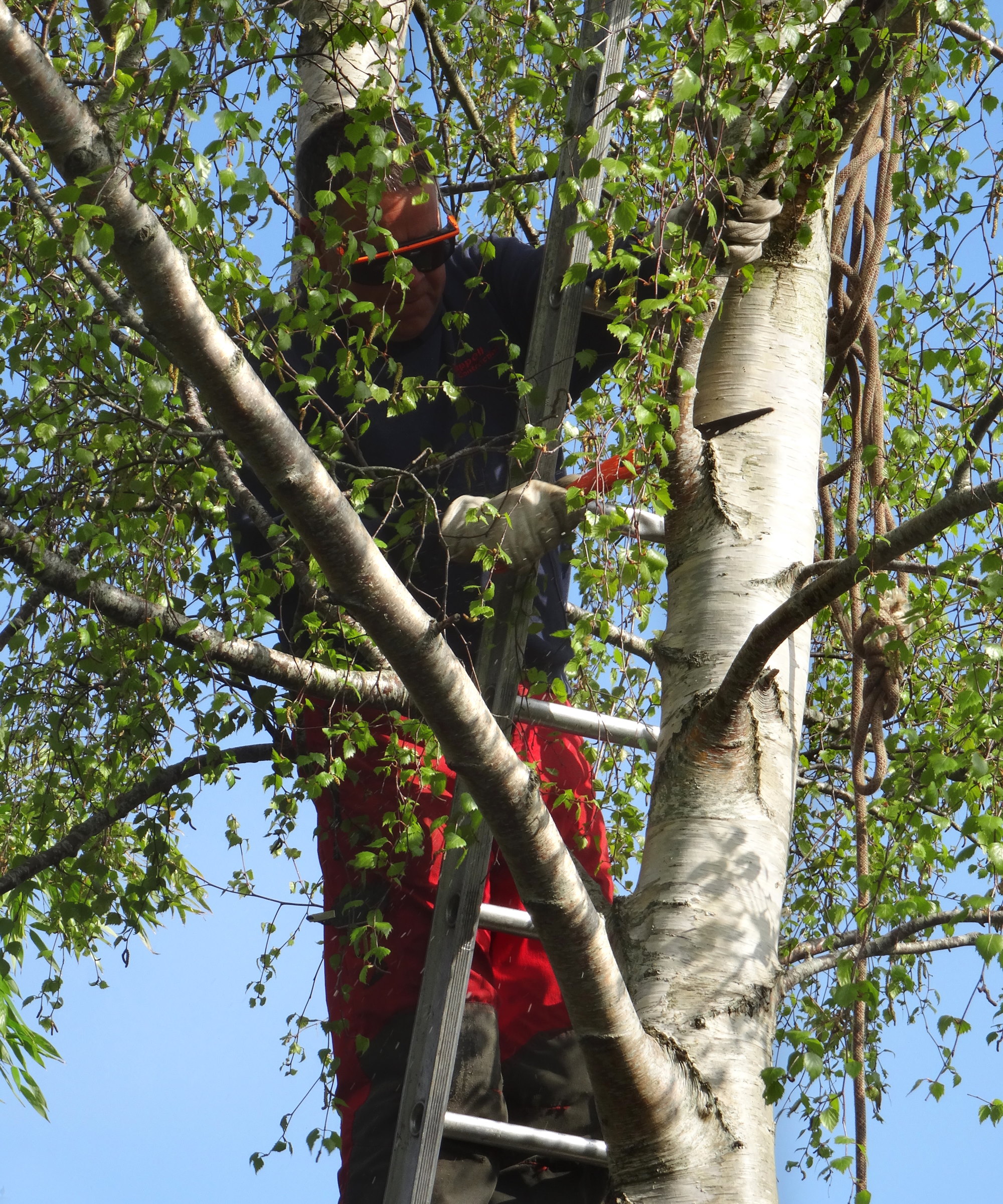 How to prune birch trees – arborists reveal 5 golden rules to follow and 3 things you should never do
How to prune birch trees – arborists reveal 5 golden rules to follow and 3 things you should never doAggressive pruning can be fatal to birch trees – here is how to avoid it
By Drew Swainston Published
-
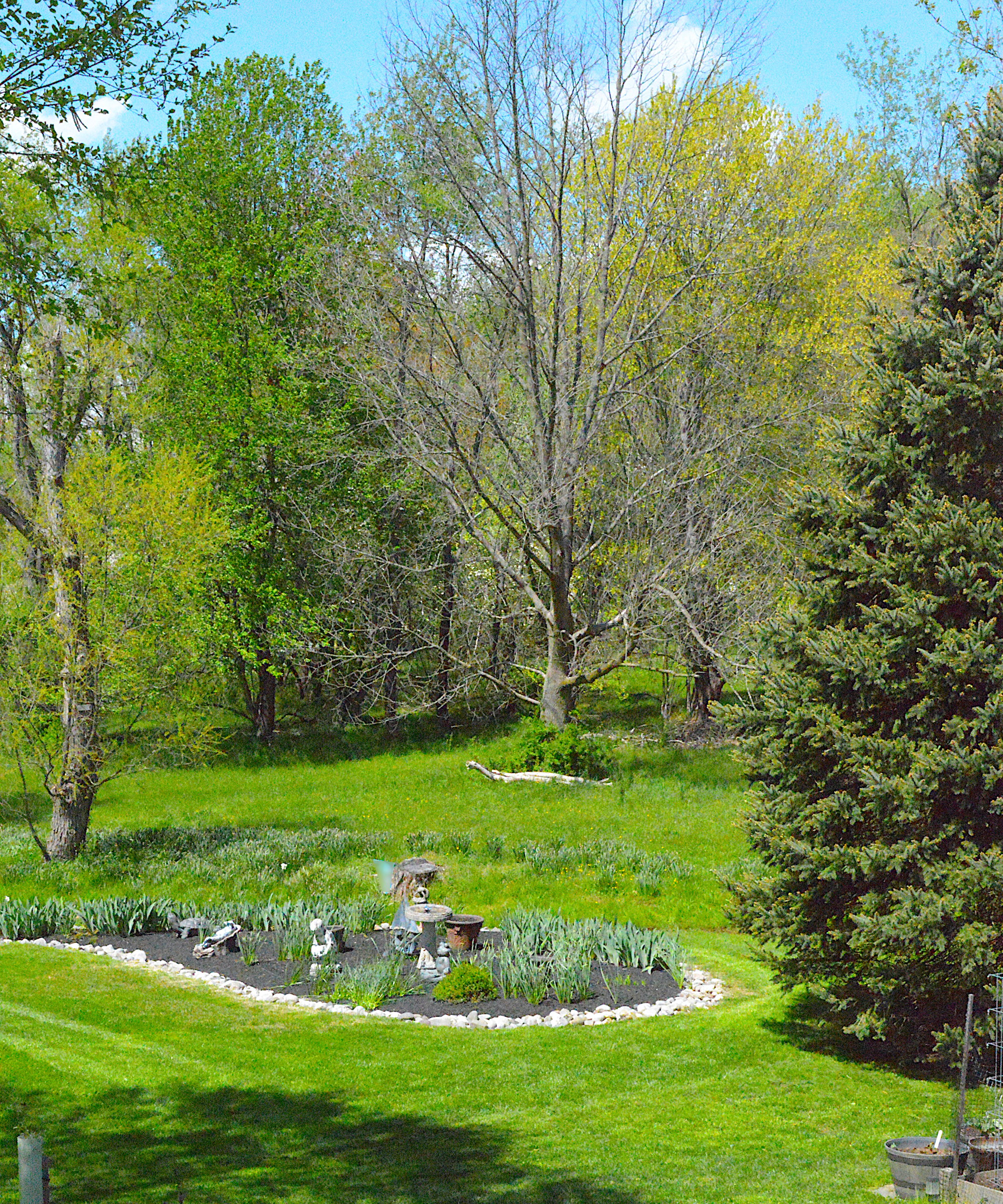 There's still time to prune deciduous trees this month – expert trimming advice for 9 of the most popular backyard trees
There's still time to prune deciduous trees this month – expert trimming advice for 9 of the most popular backyard treesThese trees will benefit from pruning in February with our handy guide
By Drew Swainston Published